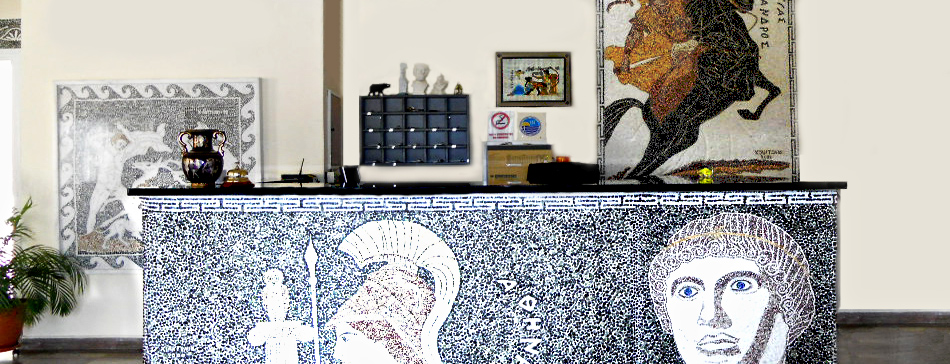Useful Information
Patras Patras is the capital of the prefecture of Achaia and the third largest city of Greece and the largest in the Peloponnese. It is also the largest and most central port to Italy and the Ionian Islands: Kefalonia, Ithaca, Corfu, Lefkas and Paxos.
Available for passengers is now the new modern port of Patras. In a city that over time has accepted influences from various cultures (mainly occupied by the Franks, the Venetians, and Turks) there are signs as a result of the effects of all the above. Patras is divided into two areas: The upper town situated at the foot of the castle is the old town and has several neo-classical buildings The lower city contains many old mansions, the ancient Odeon, cafes, restaurants and rich shopping center activity of.
The castle itself has now turned into a park and offers wonderful views of the entire city and the Aegean Sea. During Carnival, the city is famous for xefranous celebrations with similar uniforms and party in the streets. The city also maintains a robust archaeological museum, an art gallery and a municipal theater.
Notable is the square of tall Alonia, with several cafes, restaurants, palm trees, benches, playground. It’s a pretty popular place where locals spend their days and evenings. Usually the city is used as a stop from travelers and is a focal point connecting Athens with areas of Central Greece, Epirus and with neighboring countries such as Albania, through the Bridge, the western Peloponnese, but also by sea from port of the Ionian islands and Italy. Places of Interest North Cemetery: Roman monument dating between the end of the 1st century. AD and the end of the 2nd century.
AD Having a cross shape, such as the temple of Isis in Pompeii, is the only monument in this form found in Patras. Demeter Source: To present well of St. Andrew next to the old I. Temple which was once the source of the goddess Demeter functioned as oracle. Roman Odeum: To the west of the Acropolis in Upper town is the Roman Odeon of Patras (160 BC), oldest of the Conservatory (Herodion) of Athens. Roman Amphitheatre: Near Ancient Odeon amphitheater unearthed ruins probably the 1st century AD.
Together with the adjacent Ancient Odeon will be a single set of great archaeological value. Today a large part of the archaeological site excavated area, between Pantannasis roads, Hephaestus and Gerokostopoulou. Roman Aqueduct: The first systematic aqueduct of Patras is located at the foot of the hill of Dassilio and Roman work. Roman Nymphaeum: German 36-40 3rd century monumental building, recreation area with water jets and gardens. I. Vlachos 3 Kanari Department & large complex, possibly hot. In the early Byzantine times, the time was probably used as a church and later as a cemetery. Roman Bridge Meilichos (Pausanias bridge): At the intersection of N. National Highway with road Aretha is well preserved Roman bridge with two brick arches supported on ornate bases of hewn stones. The Patras Castle: The Patras Castle is built on a low hill Panachaicon at 800 m. From the coast. Built by Justinian around 551 AD for the defense of the region and its inhabitants.
Theatre “Apollo”: Constructed in 1872 and designed by the German architect Ernst Ziller. It is the oldest surviving theaters closed younger years and the most impressive architectural gem of Patras.
Achaia Clauss: The Tower of Achaia Clauss is the first Greek winery built in 1861 and today produces some of the most famous Greek wines. In its rooms the visitor can admire the green surroundings, historic buildings, woodwork aging barrels from 1873 the famous Mavrodaphne and also, in Cava lady Daniilida, taste some of the fine wines of Achaia Clauss. Y.I.S. Glaucus (Hydro-Electric Station): The first hydroelectric plant in Greece, operating since 1927 as a municipal enterprise. Today belongs to the PPC which has created Museum of the history of the station. Located in the eponymous region, Glaucus, 8 km southeast of the center of Patras.









